
Germany Animals
Follow the Trail of Wild Nature – Nature Tourism in Germany
Germany, a country known for its picturesque landscapes and diverse ecosystems, is home to a fascinating variety of wildlife. From the dense forests of the Black Forest to the sweeping plains of the Bavarian Alps, Germany offers a habitat for a wide range of animal species.
Embark on a journey through the animal kingdom of Germany, where you can encounter the majestic red deer and roe deer roaming freely in the woodlands, or catch a glimpse of the elusive European wildcat stealthily navigating the underbrush. Keep an eye out for the iconic Eurasian lynx, which has made a remarkable comeback in the country's remote regions. And don't forget to look to the skies, where you might spot the magnificent white-tailed eagle soaring above the coastal areas and inland lakes.
Mammals of Germany
Venturing into the verdant landscapes of Germany, one is greeted by a diverse array of mammals that call this country home. The majestic red deer, with their impressive antlers, roam the forests, while the more diminutive roe deer can be spotted in both woodlands and fields. The elusive European wildcat, a testament to Germany's conservation efforts, stealthily navigates the dense foliage of the country's central and southern forests. In the twilight hours, one might catch a glimpse of the nocturnal badger or the cunning red fox. The European bison, a conservation success story, has been reintroduced and now roams freely in select reserves. Meanwhile, the playful Eurasian otter has made a remarkable comeback along Germany's waterways, and the grey seal can be seen along the northern coasts, basking on the shores of the North and Baltic Seas. Each of these species contributes to the rich tapestry of Germany's wildlife, offering visitors a chance to connect with the natural world.
Birds of Germany
Germany's skies and woodlands are graced by a diverse array of avian species, each with its own unique charm. The White Stork, with its iconic red beak and legs, is a beloved sight, particularly in rural areas where it often nests atop roofs and chimneys. The Black Woodpecker, Europe's largest woodpecker, can be heard in the dense forests, its powerful bill drumming against trees. In the serene wetlands, the elusive Eurasian Bittern can be spotted, its cryptic plumage blending seamlessly with the reeds. Meanwhile, the vibrant Kingfisher flashes along streams and rivers, a splash of blue and orange against the water. These are just a few of the feathered treasures that make Germany a birdwatcher's delight.
Reptiles, Amphibians, Insects
Top Spots for Wildlife Observation in Germany
- Bavarian Forest National Park, located along the border with the Czech Republic, is Germany's first national park and a haven for European wildlife. Here, amidst the dense forest and mountainous terrain, visitors can spot the Eurasian lynx, which has been successfully reintroduced to the area. The park is also home to red deer, roe deer, and wild boar, as well as a variety of birds such as the black stork, capercaillie, and the rare three-toed woodpecker.
- Jasmund National Park, situated on the island of Rügen in the Baltic Sea, is famous for its stunning chalk cliffs. The beech forests of Jasmund are part of a UNESCO World Heritage Site and provide a habitat for red deer and roe deer. The white-tailed eagle, a majestic bird of prey, can also be seen soaring above the cliffs, while the coastal waters are frequented by harbor porpoises.
- Berchtesgaden National Park, nestled in the Bavarian Alps near the Austrian border, offers breathtaking alpine landscapes. This park is a sanctuary for the alpine ibex, chamois, and marmots. Bird enthusiasts can look out for the golden eagle and the wallcreeper, a bird that clings to the rocky cliffs. The park's clear mountain lakes and streams are also home to the river otter.
- Eifel National Park, located in the North Rhine-Westphalia region, is characterized by its rolling hills and deciduous forests. The park is a refuge for the endangered European wildcat and is also inhabited by black storks and middle spotted woodpeckers. The park's numerous streams and rivers support a variety of amphibians, including the fire salamander.
- Hainich National Park, in the state of Thuringia, protects one of the largest remaining areas of deciduous, primeval forests in Europe. This UNESCO World Heritage Site is home to a rich diversity of bats, including the Bechstein's bat and the barbastelle. The park's forests also provide a habitat for the rare European wildcat and a variety of woodpeckers, such as the lesser spotted woodpecker.
- Müritz National Park, located in the Mecklenburg Lake District, is a paradise for waterfowl and migratory birds. The park's many lakes, marshes, and forests are frequented by ospreys, white-tailed eagles, and cranes. The European otter can be found along the waterways, and the park's forests are home to red deer and roe deer.
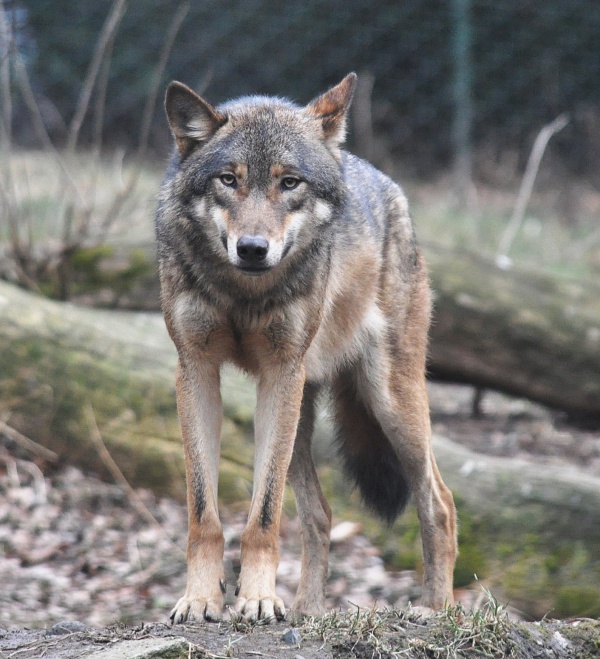
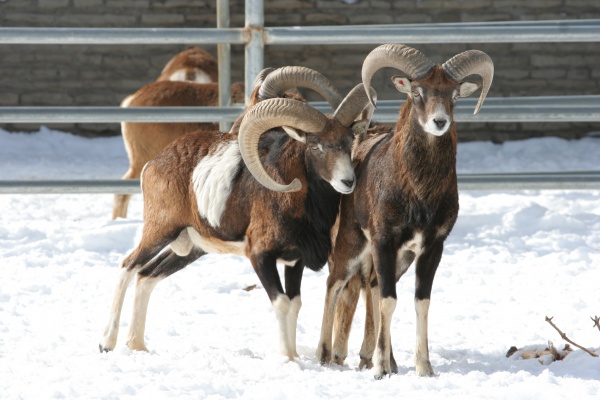
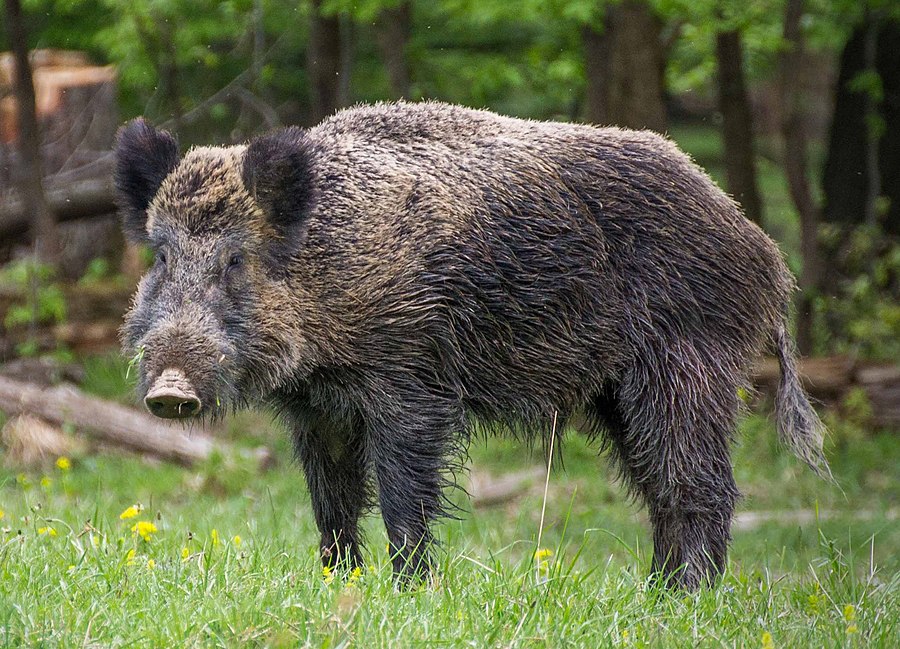
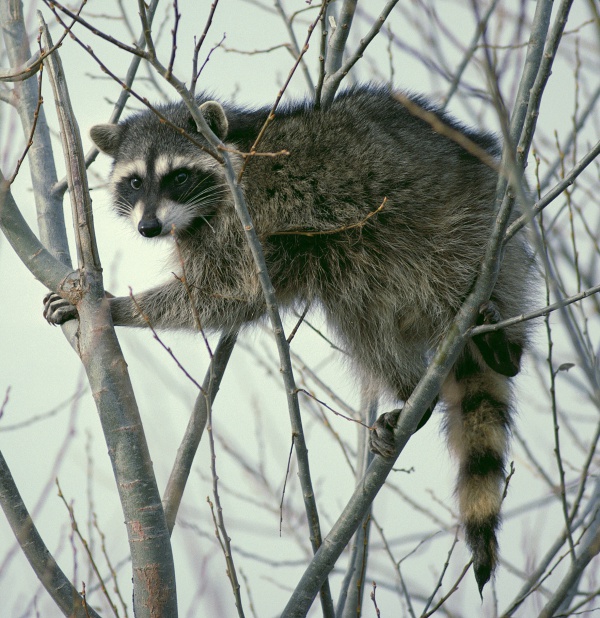
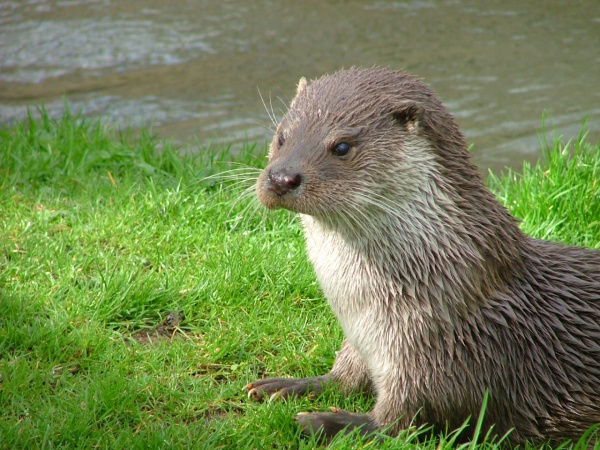
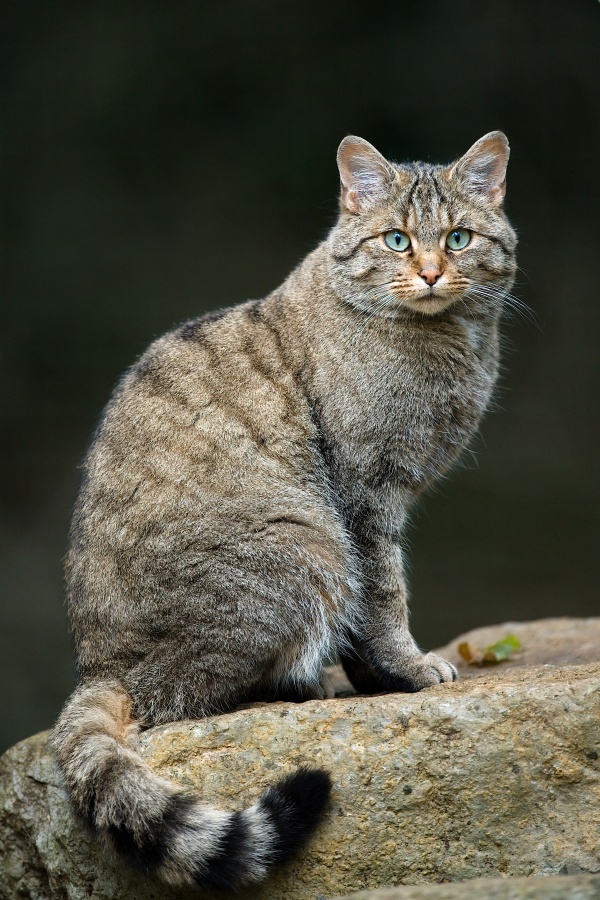
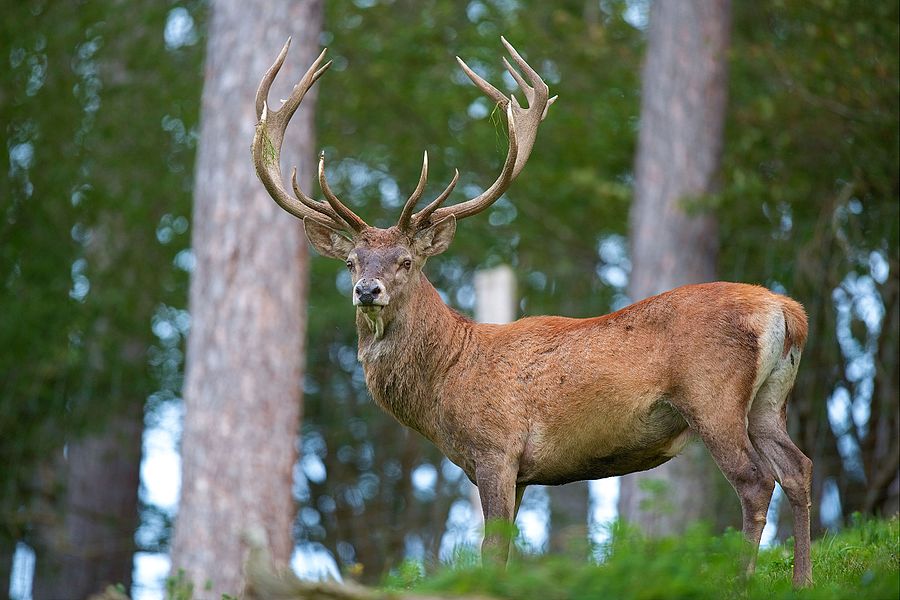
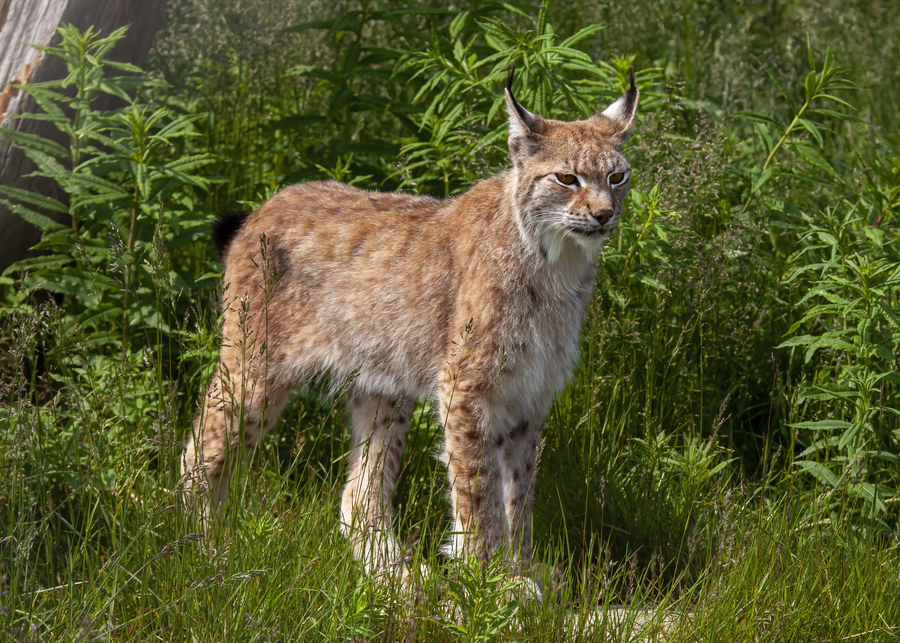
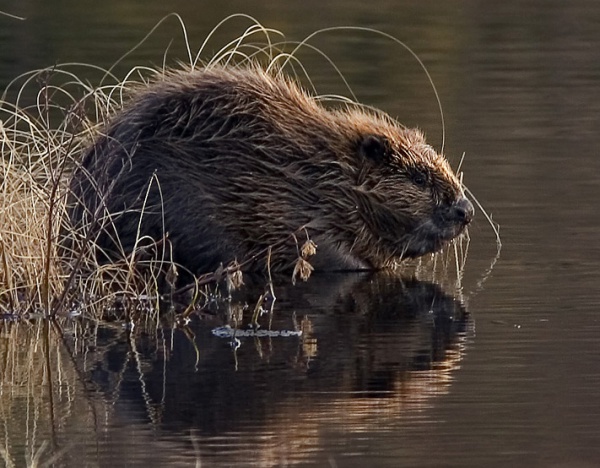
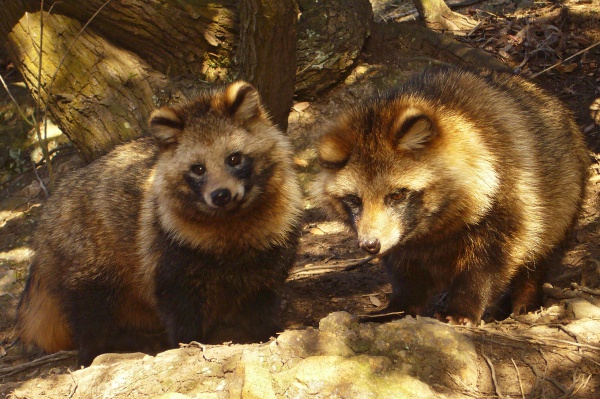
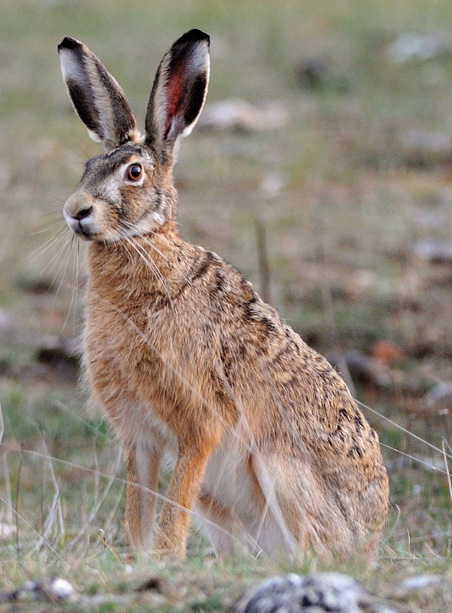
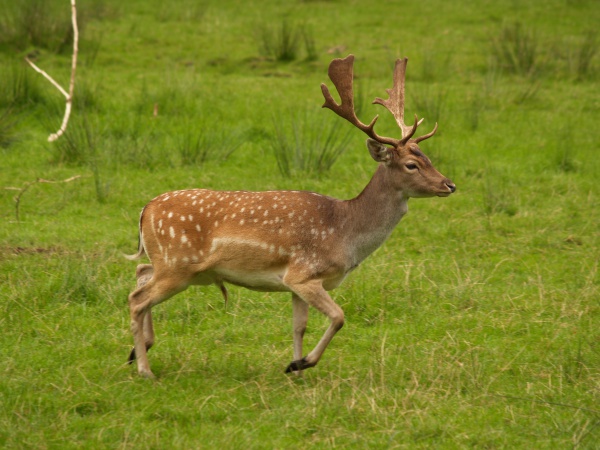
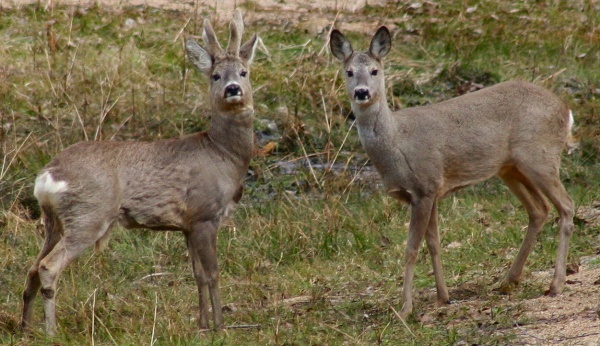
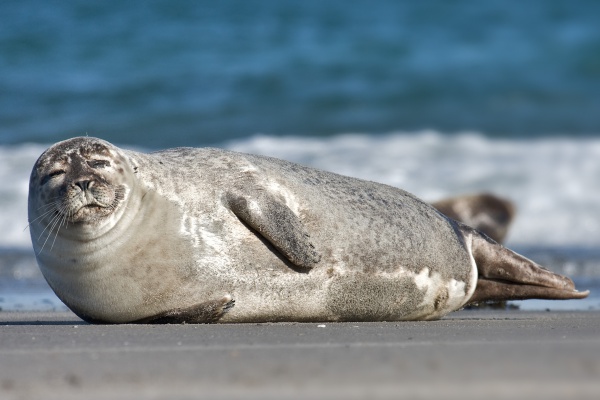
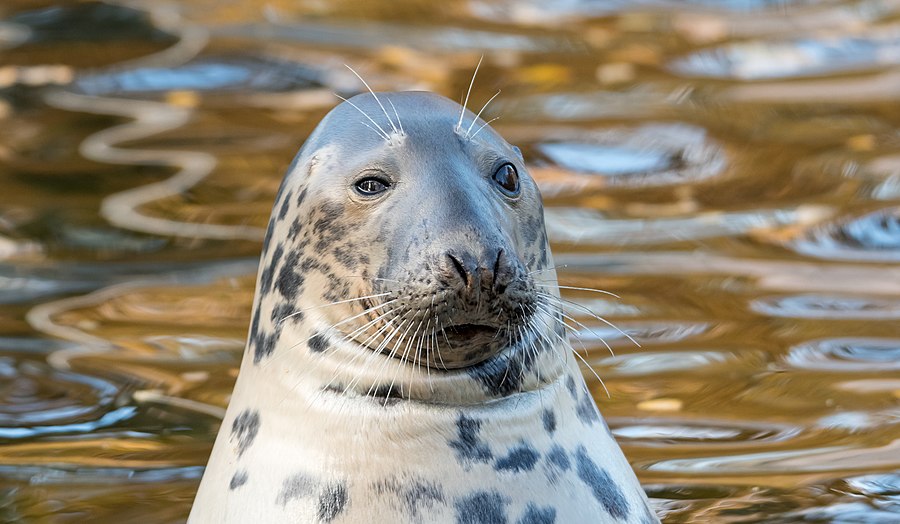
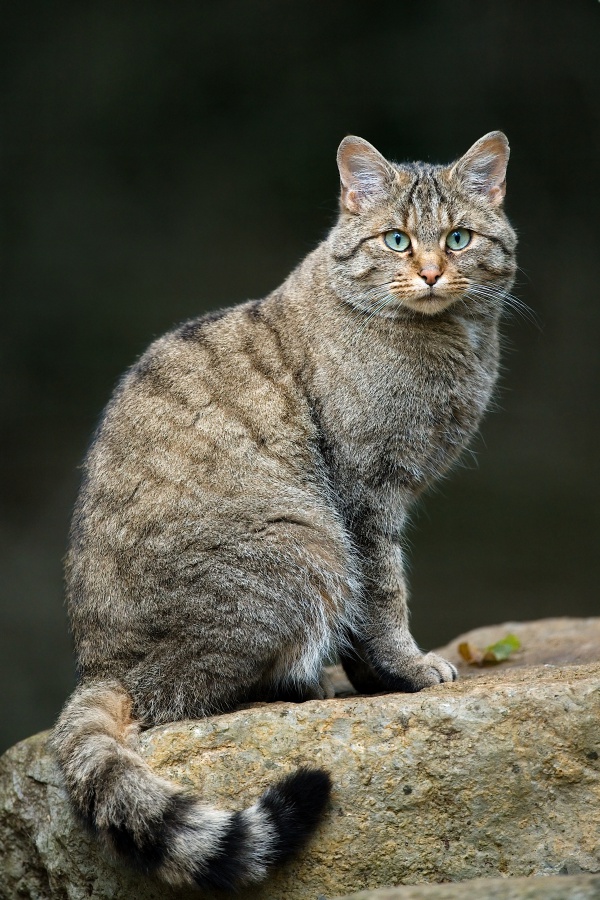
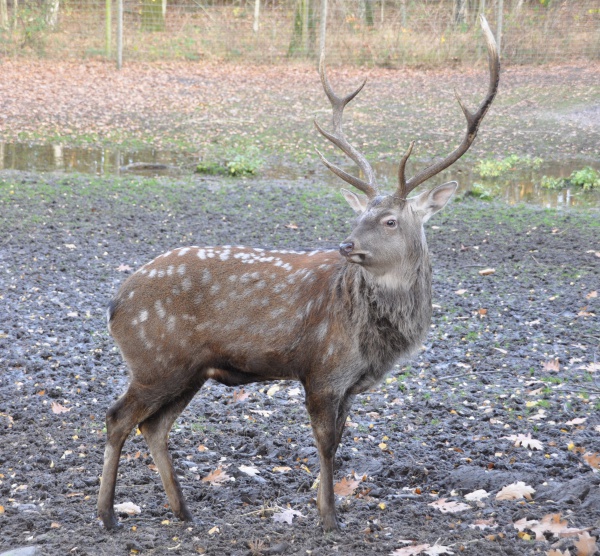
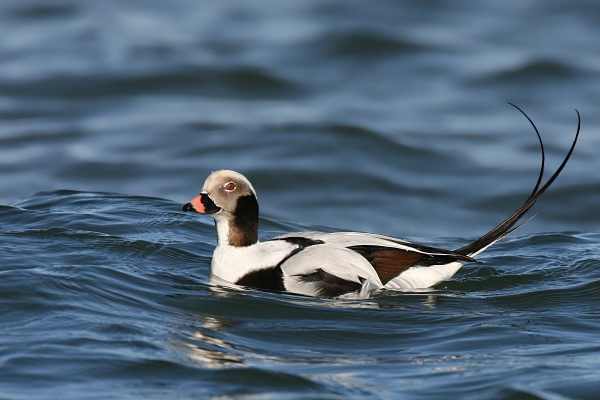
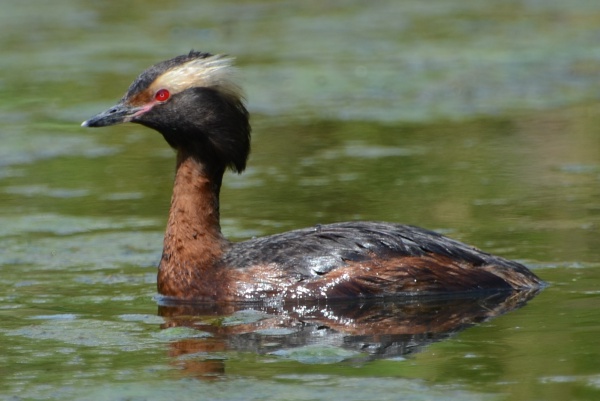
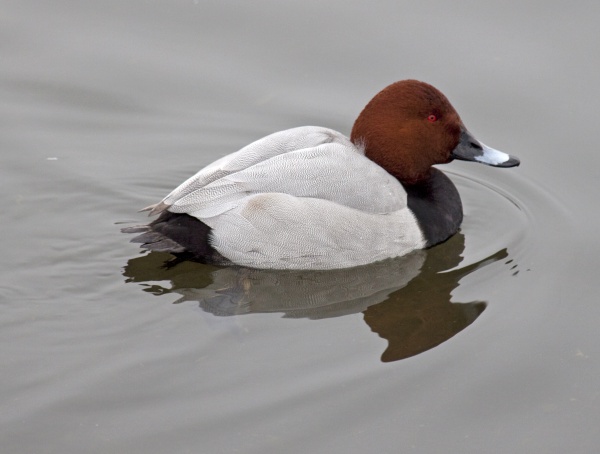
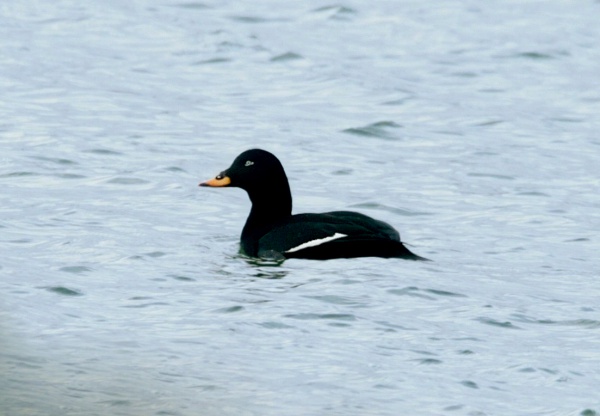
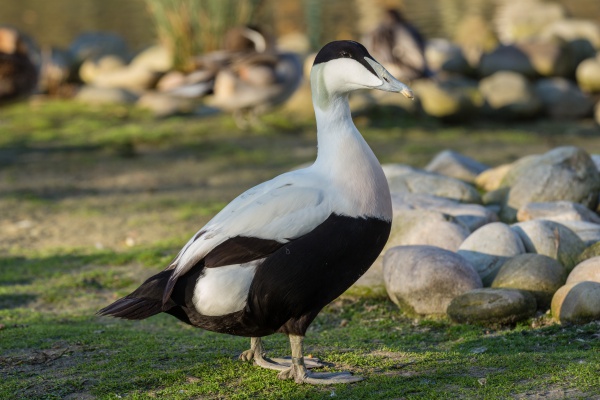
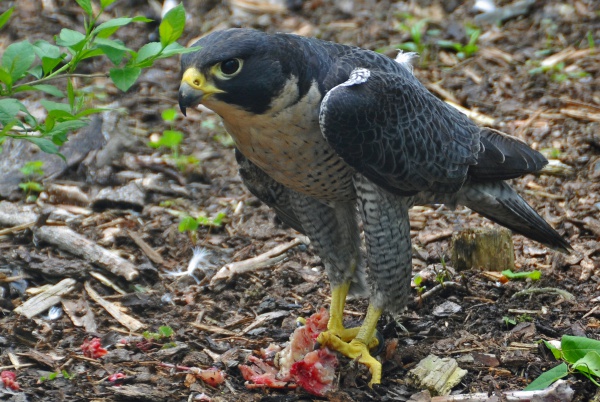
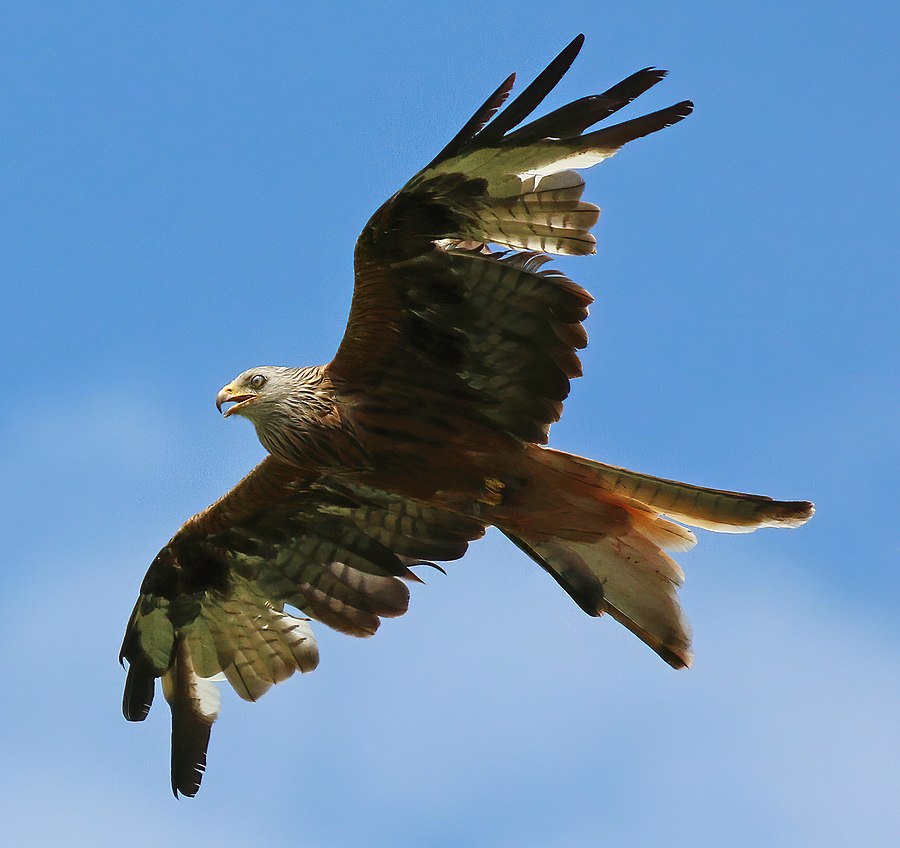
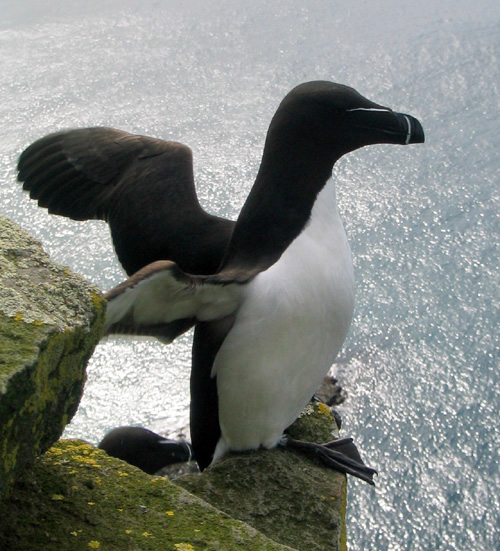
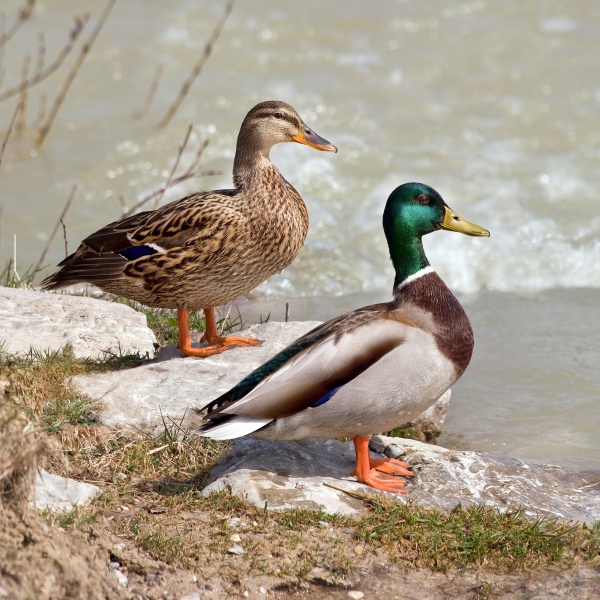
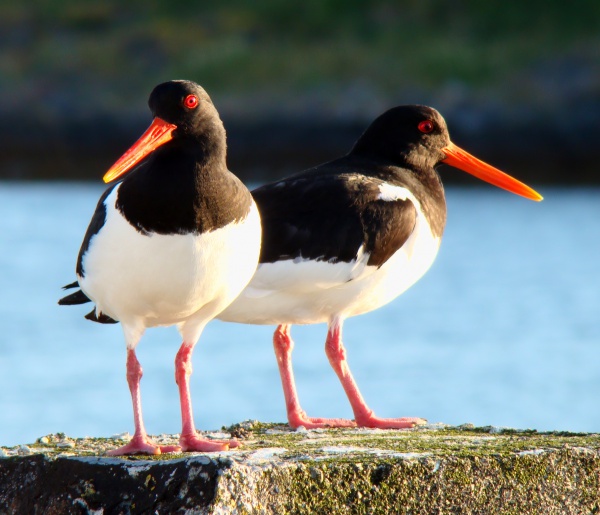
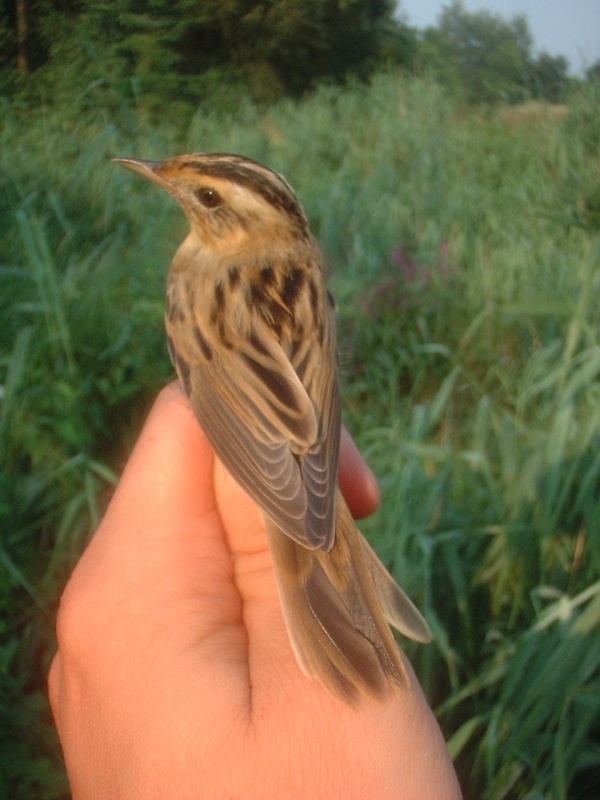
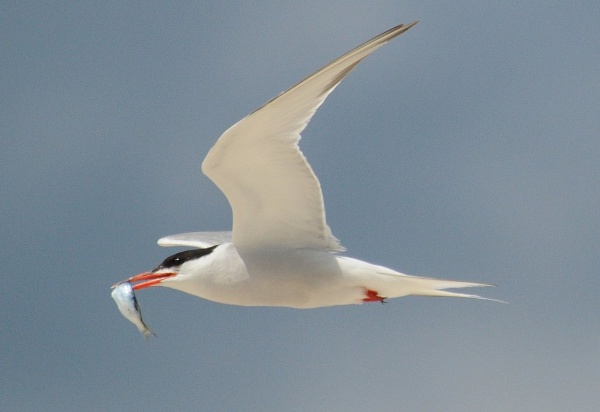
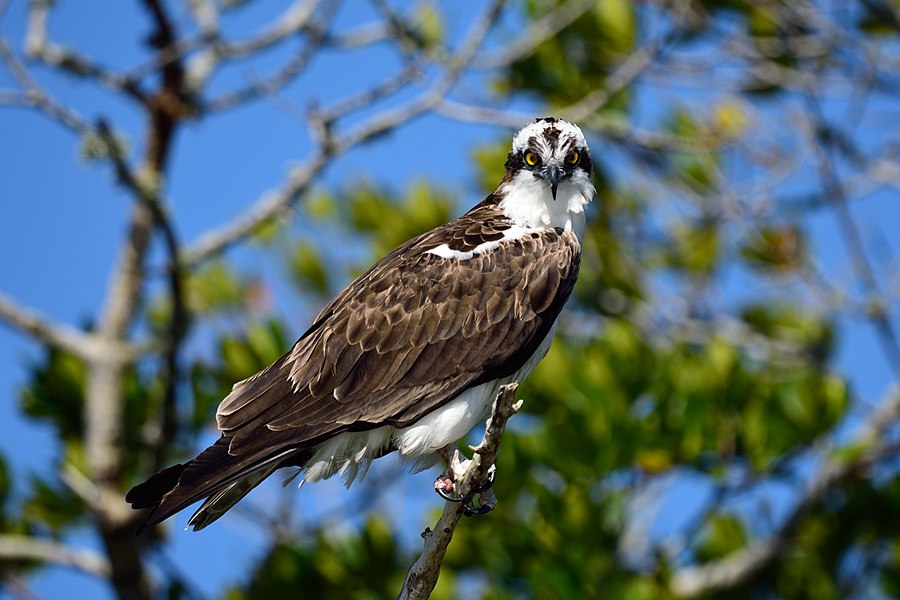
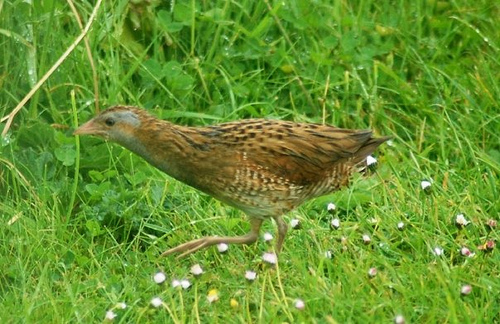
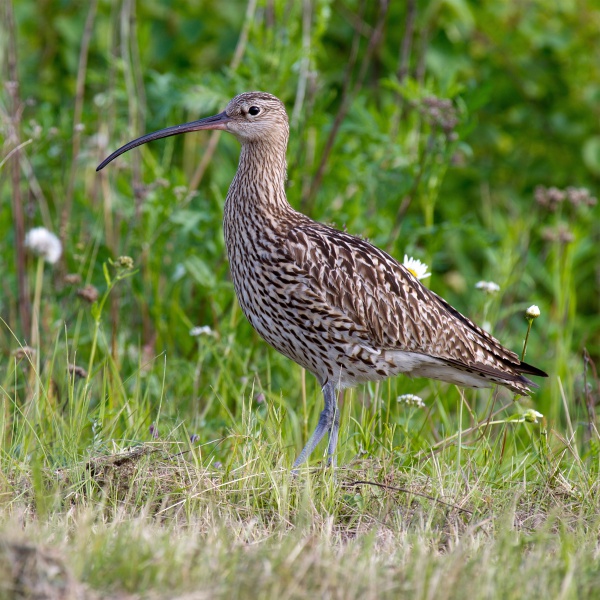
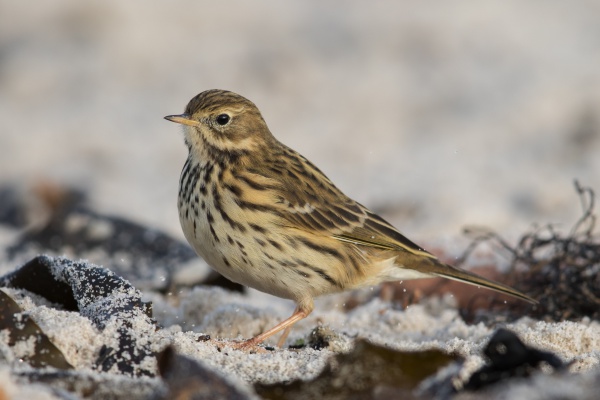
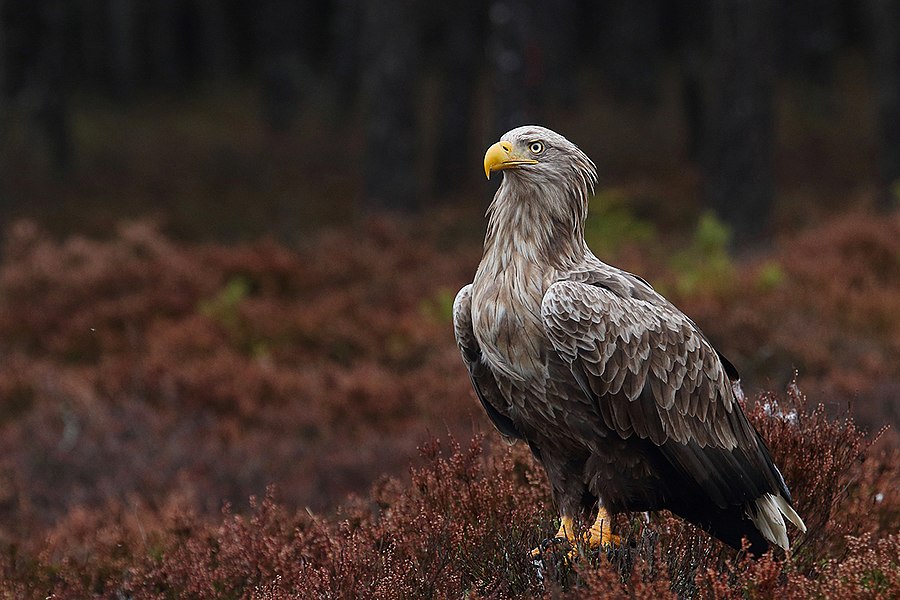
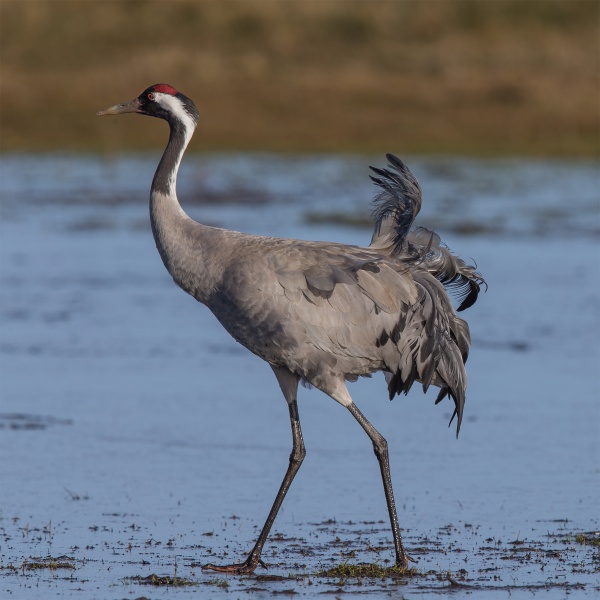
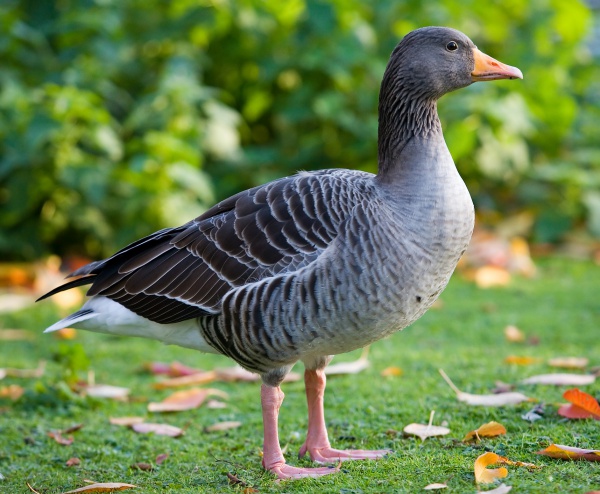
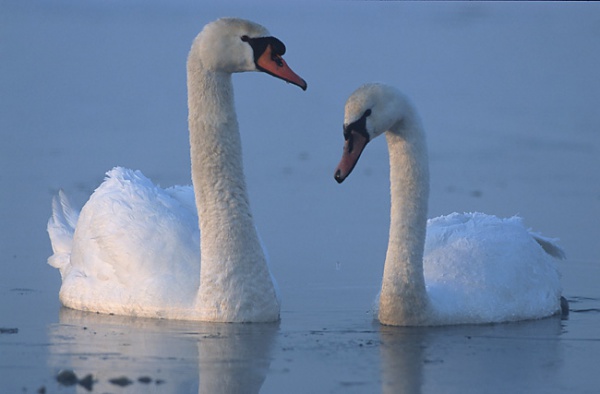
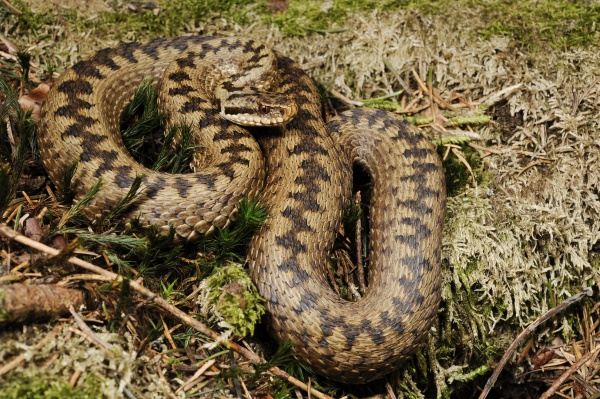
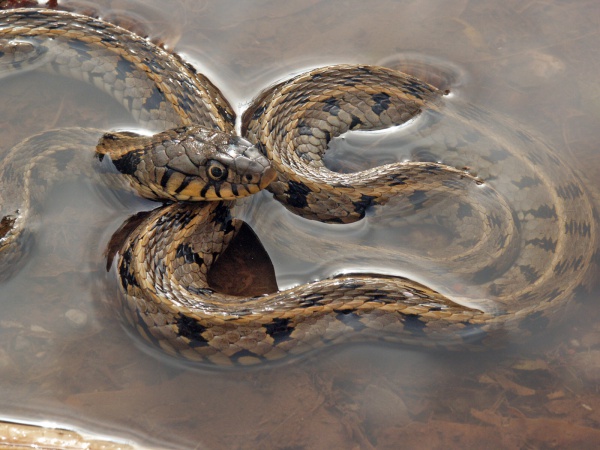
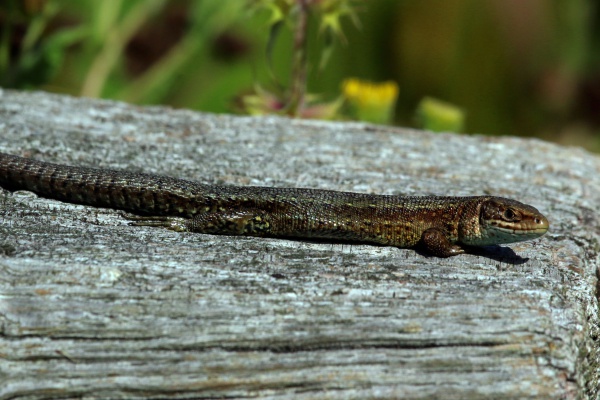
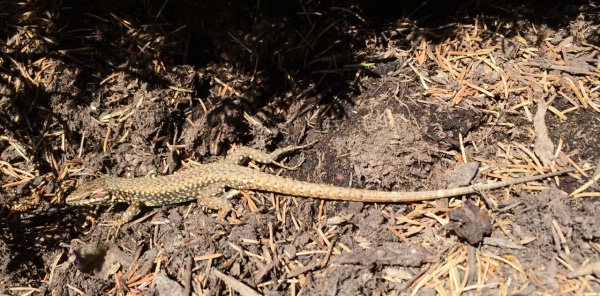
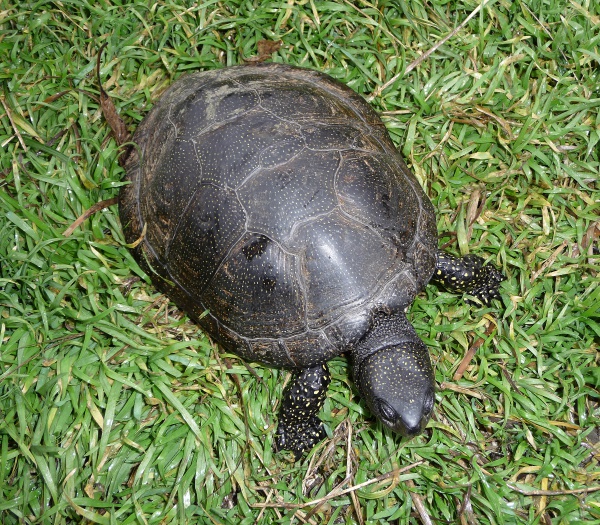
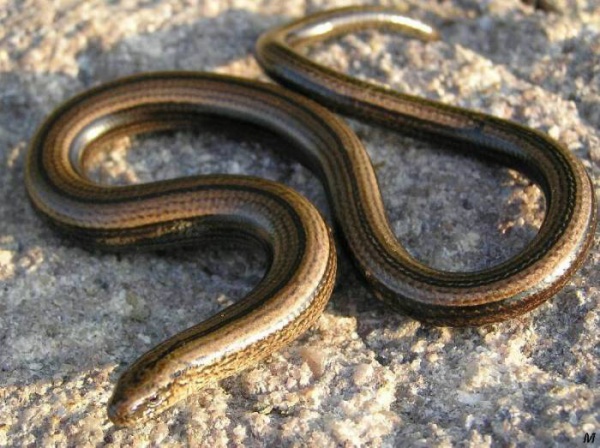
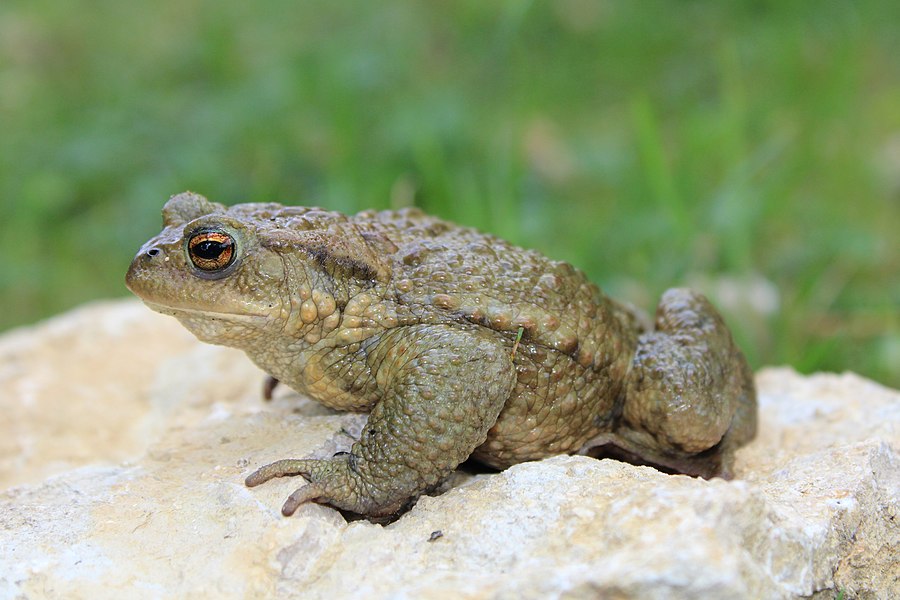
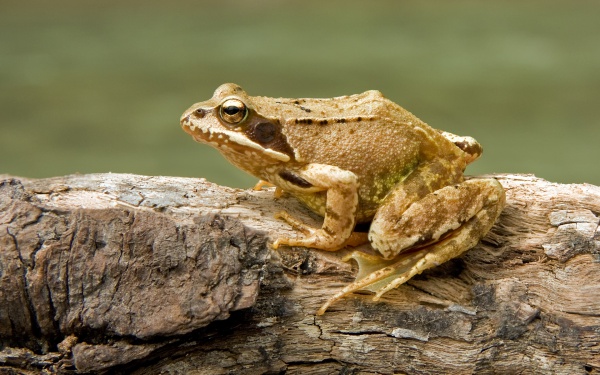
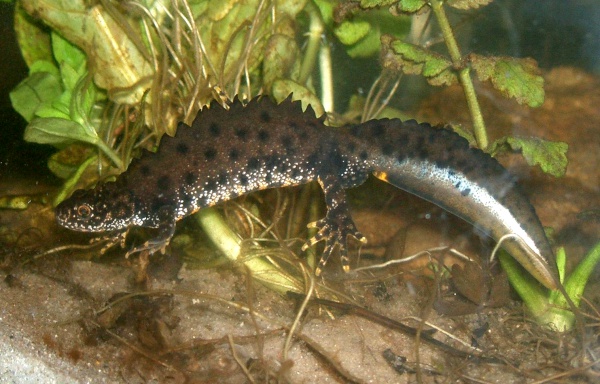
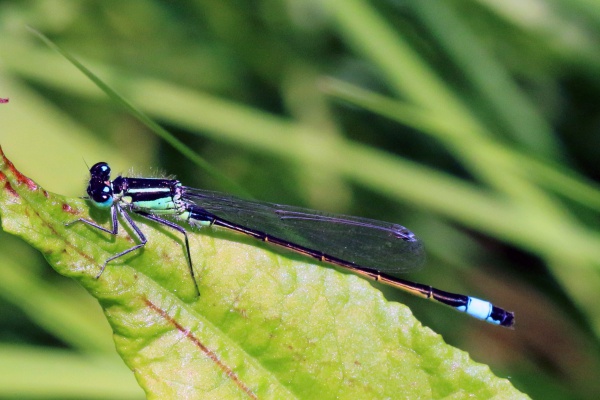
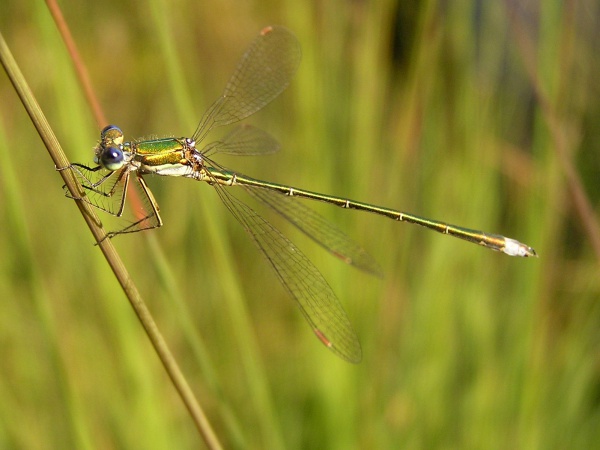
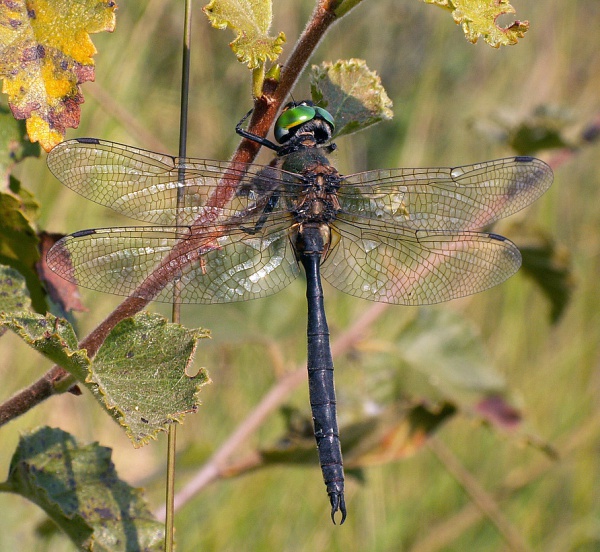
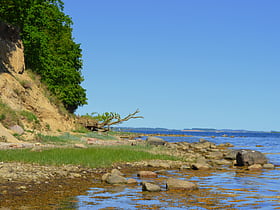

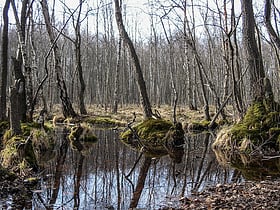
 Poland
Poland